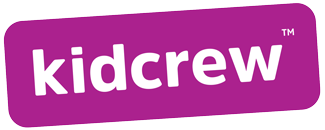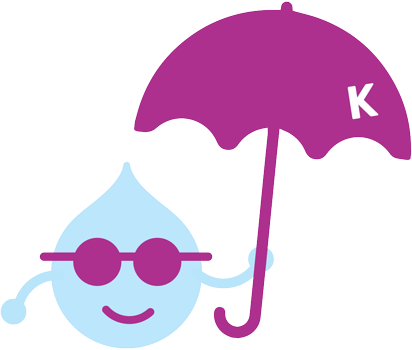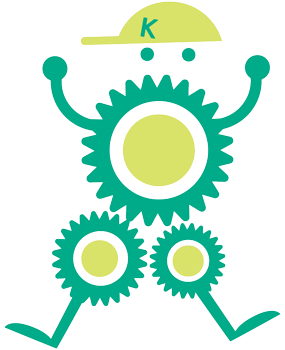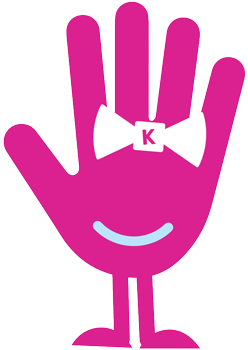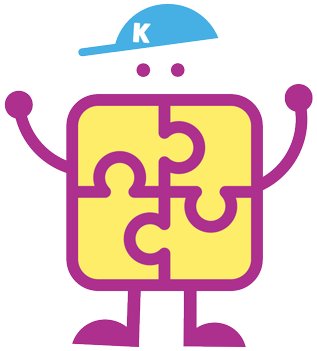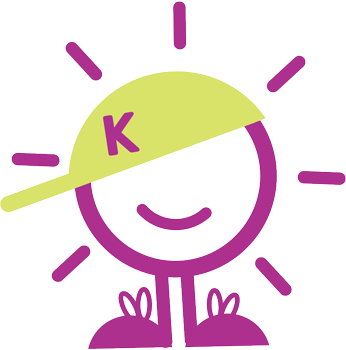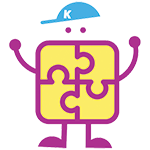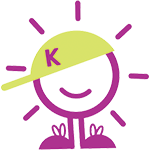Team Kidcrew
Occupational Therapy Resources
IMPORTANT: We ask that your physician sends Kidcrew a referral, prior to
booking a lactation consultation (thank-you!).
OTHER RESOURCE PAGES
CHIROPODY | CHIROPRACTIC | NATUROPATHY | OCCUPATIONAL THERAPY | PARENTING | PHYSIOTHERAPY | THERAPY
The Occupational Therapy Team at Kidcrew
What is a pediatric occupational therapist (OT)?
Occupational therapy is concerned with promoting independence in activities of everyday life – or ‘occupations.’ Children’s occupations include: reaching developmental milestones, play, self-care (eating, sleeping, dressing, grooming, bathing), academic tasks (handwriting, fine motor skills, attention/focus), and socializing.
Pediatric occupational therapists evaluate a Child’s Strengths & Weaknesses
Pediatric occupational therapy evaluates a child’s strengths, as well as difficulties, in critical developmental areas and design interventions that promote the healthy development of skills needed for success with daily activities (occupations). They evaluate the environment, muscle functioning, positioning, coordination, and other areas when determining the cause of decreased skill. Once the cause is identified, the therapist works on these underlying areas of need so that they improve the foundational skills, not just a “splinter” skill or a skill that is beneficial at this time and may not be beneficial in the future.
It’s About Skills & Development
Having a solid foundation of skills allows for the development of self-confidence. Developing a skill and using it successfully encourages children to continually try new activities that expand their skills and build success, and being successful is the foundation for continued learning. Through meaningful activities and play, pediatric occupational therapy facilitates the development of age-appropriate skills and instills this confidence in children to help them play, learn, and grow. When skill and strength cannot be developed or improved, occupational therapy offers creative solutions and alternatives for carrying out daily activities. Pediatric OTs work on childrens’ gross motor skills, visual motor skills, play skills, social skills, basic tasks and sometimes help with language skills and school skills. Many people reach out to occupational therapists for educational purposes and even to work on life skills. Some children receive care for challenges with motor planning, children with developmental delays and chronic illness, birth injuries and kids having challenges with school performance. Sometimes specialized equipment is utilized, and other times no equipment is needed at all.
Pediatric Occupational Therapy Helps With
Pediatric OTs work with babies, very young children, and school-aged kids, and young adults in collaboration with the child’s family, teachers, and other health professionals, in a clinic setting, and within the child’s home or school community, as well as in hospitals as needed. It helps kids with developmental delay and other chronic illnesses.
What education does an OT have?
A master’s degree is required to become an OT. Many OTs earn an associate’s degree or undergraduate degree in a related field, like biology or physiology, before advancing to a master’s program, or they can apply for a combined bachelor’s/master’s program.
Occupational Therapy Resources
Toronto Local Health Integrated Network (LHIN)
Toronto Local Health – Getting Started – Individuals can self-refer for therapy in the home, school, or community. This care is funded by OHIP.
Pediatric Physiotherapy Associates
Pediatric Physiotherapy Associates – Provides excellent physical and occupational therapy in the home or virtually.
Toronto Early Childhood and Family Resource System
Healthy Kids Toronto – There is a wide range of services for children in Toronto compiled on this website.
Your Questions About Occupational Therapy
blank
– blank –
How long are occupational therapy appointments?
Initial pediatric occupational therapy appointments will be 1 hour, and follow-up appointments can be 30 minutes – 1 hour, depending on your schedule and the appointment’s purpose. Some children benefit from ongoing therapy, and other children do not require much follow-up.
What can I expect in my child’s pediatric occupational therapy appointment?
In your first OT visit, we will get to know your child by learning what they like to do, what they have trouble doing, and what they are not yet doing. The initial assessment will look at motor skills, social skills, sensory processing disorders, and self-care activities like toileting, feeding, and dressing. In the first visit, occupational therapists work with you and your child to develop goals for the following sessions. Positive behaviors will be rewarded. Your OT will work closely with the child on all skill areas and problem-solving will be encouraged.
The follow-up visits will focus on your child’s goals so that each session might look different. OT treatment can sometimes just look like play, but everything the OT does with your child has a purpose. For example, many crafts have benefits for improving fine motor skills, practicing to follow multiple steps in a sequence, encouraging self-expression and creativity, and so much more!
Depending on your goals, some visits may focus on giving you information, resources, and skills to help support your child at home. You can bring your child’s favorite toy or activity to your appointment in these situations.
You and your child have just as much control of your OT sessions as the OT. If you want to work on another goal, let your OT know, and they will adjust the treatment plan to accommodate you.
How many occupational therapy sessions does my child need?
Each child is different, so there is not a perfect number of sessions that work for everyone. Your OT will work with your child and you until their goals have been reached. Our mission is to provide your child with the knowledge and skills to become more independent in their daily activities. When they have no more goals to work on, they no longer need to see the OT. Remember, you can stop therapy at any point if you feel it is no longer effective for your child. Sometimes kids are provided with special dressing devices or bathing equipment if these will improve their quality of life or activities of daily living.
Can you come to my child’s school for Occupational Therapy assessment and treatments?
The initial appointment will be at Kidcrew or through virtual care to assess your primary concerns and develop a care plan. If you and the OT determine that going to the child’s school for further observation and assessment is necessary to meet their goals, the OT can contact the school to set up a visit. It could be beneficial for your OT to visit your child at school if they find paying attention in class or playing with their peers challenging,
Many school boards in Toronto receive School-Based Rehabilitation Services (SBRS) through Children’s Treatment Network (CTN). For these services, referrals must be made directly from the school. Some school administrations require therapists to come from a CTN partner. For more information about eligibility criteria and waitlists for SBRS, visit: School Rehab Services
*Not during COVID-19
Can you come to my home for an occupational therapy assessment and treatment for my child?
The initial appointment will be at Kidcrew or through virtual care to assess your primary concerns and develop a care plan. It may be beneficial for your OT to make a home visit to assess the environment and make recommendations for sleep or virtual school challenges.
*Not during COVID-19
How can I prepare my child for their first occupational therapy visit?
Some children get nervous about healthcare appointments. Let your child know that they get to play and have fun in their OT visit.
Ensure your child is wearing comfortable clothing for body breaks and activity.
How do I know if my child would benefit from occupational therapy services?
Occupations are the activities and tasks that we fill our days with. For children, these “occupations” are things like playing, school tasks, feeding, dressing, toileting, grooming, sleeping. If your child finds any of their daily activities challenging, they could benefit from OT services.
Some signs your child would benefit from the support of an OT include:
- Messy or illegible handwriting
- Frequent tantrums or outbursts
- Picky eating behaviors
- Always tired and irritable
- Challenges with potty training
- Clumsiness
- Dislikes going to school
- Difficulty staying focused or paying attention
How can an occupational therapist help my child?
OTs are healthcare professionals that use current evidence to guide their services. Your OT will do various assessments to understand why your child is having difficulty with daily living activities (ADLs) like feeding, dressing, toileting, sleeping, and using their hands. The OT will create a treatment plan tailored to your child’s needs, goals, and interests. The OT will continue to monitor your child’s progress and adjust the treatment plan when necessary to make sure your child is equipped with the resources to grow independently.
Will I also see a doctor when I come in for occupational therapy?
No. Your OT will see you when you come in for your appointment. If you have questions or concerns for your pediatrician at Kidcrew, you can book an appointment or virtual visit at the front desk or book online.
Does sensory integration work?
The answer is yes and no.
Many children show signs of Sensory Processing Disorder (SPD), where they may get over-stimulated or under-stimulated from their senses. Sensory Integration Therapy aims to provide a child with a sensory-rich environment where they can explore and play to fill their senses. Sensory Integration’s idea is that when a child experiences a “just right fit” for sensory exposure – like Goldie Locks, not too much and not too little – they will adapt their responses to different sensations.
BUT Sensory Integration does not have enough evidence to support its effectiveness.
Some OTs will do Sensory Integration Therapy with kids because they see improvements in social and emotional behaviors.
Other therapists will approach SPD from a functional point of view. These occupational therapists will work with kids and their families to see how processing affects their day-to-day activities. They will offer sensory-based strategies to use at home and on school days to make certain activities more tolerable. The strategies are individualized to the child and have been shown to improve self-regulation.
Contact your occupational therapist for more information about how they can help with sensory strategies.
My child has messy handwriting. Should they see an OT?
Handwriting is a complex task, and many kids have challenges when learning how to print. Messy or hard-to-read handwriting can be a result of a few different reasons. If we think of handwriting as a puzzle, it is made up of a bunch of pieces.
The Puzzle Pieces:
- Fine motor strength and control
- Pencil grasp
- Visual-motor integration – hand/eye coordination
- Letter formation
- Spatial awareness
Your OT can help find which puzzle piece(s) is missing and build up skills to help your child print clearly. Often, by building fine motor skills, kids will begin to gain independence in other tasks like getting dressed and self-feeding!
